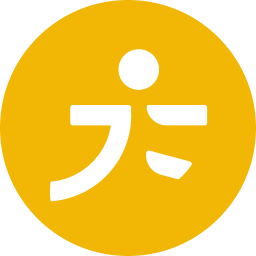Kyphosis is a spinal condition characterized by an excessive outward curve of the spine, resulting in a noticeable hunchbacked appearance. This condition can affect individuals of any age but is particularly prevalent among the elderly and adolescents. In this article, we explore the causes, associated health problems, and effective solutions for managing and potentially improving kyphosis.
Causes of Kyphosis
Kyphosis can stem from a variety of sources:
- Developmental Issues: Sometimes referred to as postural kyphosis, this form typically appears during adolescence and is often due to poor posture, slouching, or uneven spinal development during growth spurts.
- Degenerative Diseases: In older adults, kyphosis often results from spinal degeneration, including osteoporosis, which leads to weakened vertebrae and can cause them to fracture and compress.
- Congenital Defects: Some individuals are born with spinal abnormalities that lead to kyphosis.
- Muscular Dysfunction: Weakness in the spinal muscles can lead to inadequate support for the spine, causing it to curve.
- Injury or Trauma: Accidents affecting the spine can result in kyphosis if vertebrae are fractured or dislocated.
Related Health Problems
Kyphosis can lead to several complications if not properly managed:
- Pain and Discomfort: The abnormal curvature can cause pain and stiffness in the back and neck.
- Reduced Mobility: Severe curvature can hinder movement and limit a person’s ability to perform daily tasks.
- Breathing Difficulties: In extreme cases, the spinal deformity can compress the lungs and make breathing difficult.
- Neurological Symptoms: If the spinal curve compresses nerve pathways, it might lead to tingling, numbness, and weakness in the lower extremities.
Solutions for Kyphosis
Managing kyphosis effectively involves a combination of medical treatment and lifestyle adjustments:
- Medical Interventions: Severe cases of kyphosis might require surgical interventions to correct the spine alignment or relieve nerve pressure. Bracing is another option for adolescents, as it can help correct the spine’s position as they grow.
- Physical Therapy: A physical therapist can develop a personalized exercise program that strengthens the muscles supporting the spine, improves posture, and alleviates discomfort.
- Lifestyle Modifications: Adopting a posture-conscious lifestyle, enhancing ergonomic setups at work and home, and maintaining a healthy weight can help manage symptoms.
- Pain Management: Over-the-counter pain relievers can alleviate discomfort, but should be used cautiously and under medical advice.
How a Dedicated Fitness App Can Help
For those looking to incorporate specific exercises into their daily routine to combat kyphosis, mobile applications like “Perfect Posture” offer guided fitness programs tailored to improve posture and strengthen back muscles. The app, available on the Google Play Store and the Apple App Store, provides users with a series of exercises designed specifically for individuals with kyphosis. These routines are developed to enhance spinal alignment and increase back strength, making them a valuable tool for those seeking to manage or improve their condition.
Conclusion
While kyphosis can pose significant challenges, understanding its causes and effects enables better management through targeted solutions. Incorporating specialized exercises with the aid of apps like “Perfect Posture” can be particularly effective in improving spinal health and overall well-being, helping individuals lead more comfortable and active lives.
